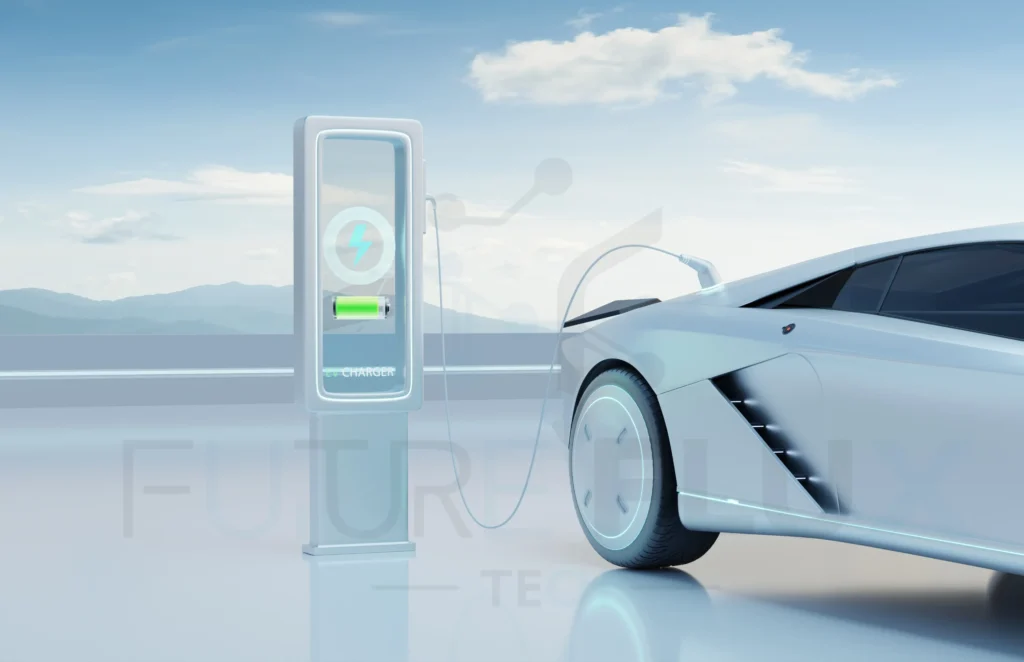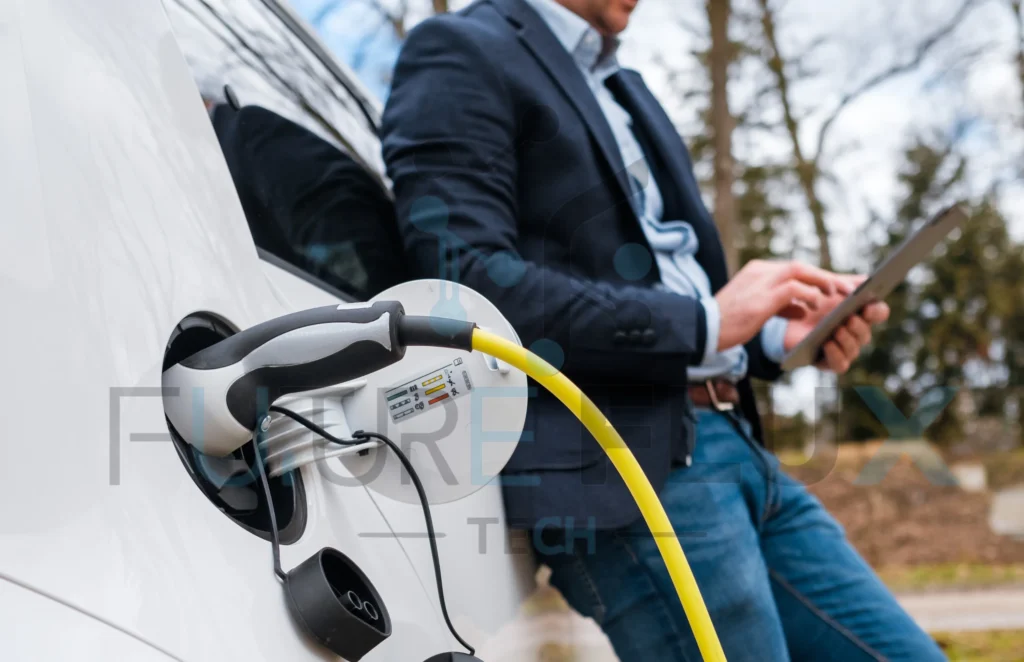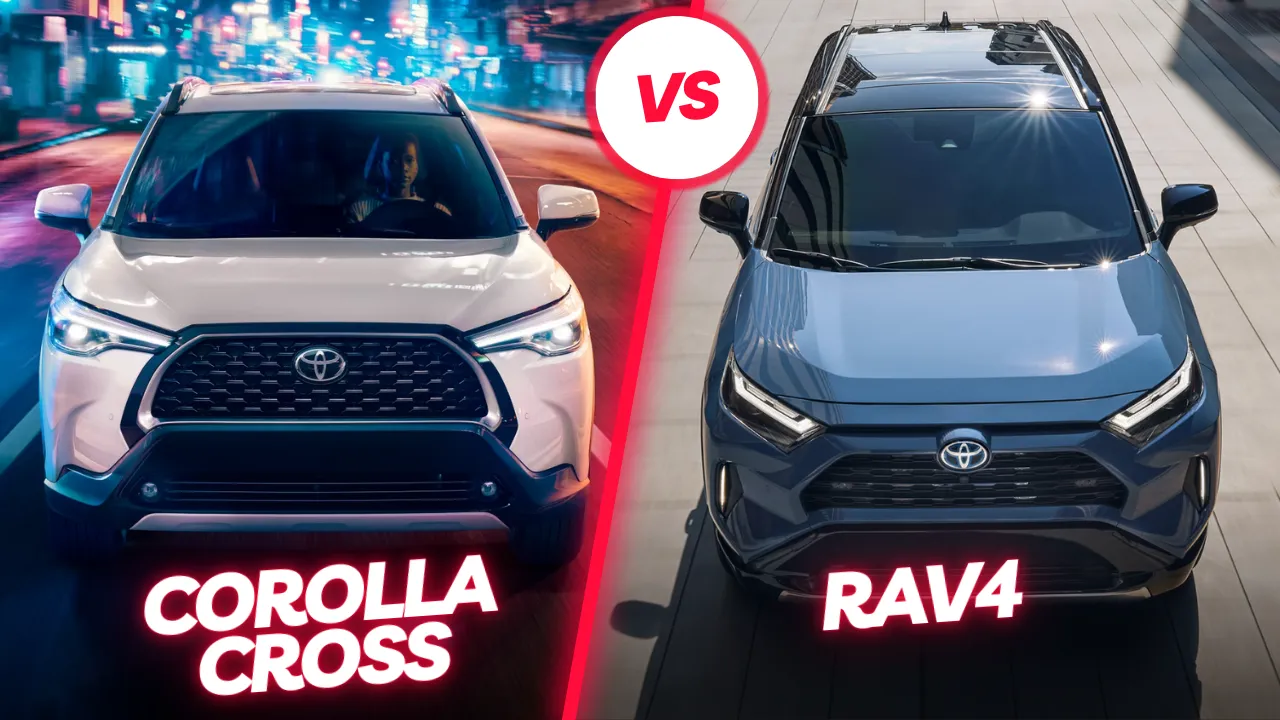Many terms are used when it comes to electric vehicles and their charging. Since it’s still the beginning of EVs and not many people are aware of them, people may lack knowledge. Likewise, you may have encountered the term “EV charger load management.” You may understand what this means but do not understand its basics.
For that, we are here to help you and provide details regarding load management in this article. Learn what it means, the technicalities behind it, and why it is essential to understand.
What is Load Management?
Load management is the act of balancing how much electricity is utilized at any one time to control and maintain electrical loads. It is considered part of infrastructure capacity.
There may be times when more power is needed and utilized for a commercial property. This can be for different reasons, such as offices full of employees using electricity. However, it is not a big issue since load management is available through a network to manage stability and services.
What is EV Charger Load Management?

When you add electric vehicle charging to your location, having an EV charger load management is required. This is done to maintain the load below the needed threshold. You can control how much electricity each charging station can utilize through load management. It also monitors when multiple Electric Vehicle Supply Equipment (EVSE) units are connected to the same single circuit. Once the EV charger load management is set, the chargers will automatically utilize your selected protocol. Hence, it can balance how much electricity each EV can use simultaneously.
What is Dynamic EV Charger Load Management?
You may also have come across the term Dynamic Load Management. It is the same as load balancing technology, which keeps their electrical load below the capacity of their infrastructure. Software-based solutions can be utilized to automate the charge management system, considering EV charging. For instance, if a second EV is plugged into an EV charger, automatic changes will be made. It will navigate the amount of electricity that is used via load sharing.
How Does EV Charger Load Management Work?
The EV charger Load management system instructs EV chargers to provide the right amount of energy. It balances the peak demand at the charging site level, within campuses, and in on-site battery storage.
The EV load management software will continuously communicate with the charge points, electricity infrastructure, and charging EVs. EV charging load balancing can respond to changes, like peak demands and vehicle arrivals. Furthermore, they can also react to requirements predicted in advance, like overnight charging for an electric vehicle fleet.
What is Priority Load Balancing?
With priority load balancing, you can flexibly distribute the available power capacity. It is more flexible than the traditional way of load balancing. Instead of distributing power for EV charging in an equal amount among multiple charging stations, power is distributed on the basis of priority.
Consider a scenario where there are four cars available at the charging station. They charge at full capacity and consume almost all the energy the station needs. If a fifth car comes and needs to be charged, there will be less energy for it to charge. Now, here comes the priority load balancing system. It will prioritize the fifth car since it has lower charging and stops the vehicle with higher charging for some time. The system will keep evaluating the battery levels of every EV and prioritize and manage the charging in such a way that every car charges appropriately.
Why Should EV Charging Providers Care About Load Management?
EV charging providers should consider load-balanced electric vehicles for various reasons. With load balancing, they can increase charging site efficiency. It will ultimately maximize customer satisfaction by ensuring that each charge point gets the right power to serve each EV. Load balancing will provide the grid can change every electric vehicle on time and around the clock. Furthermore, an EV charging service provider can also access electricity during off-peak hours. They can store this power on-site to fulfil peak customer demand without paying the utility for peak-hour rates.
Importance of EV Charger Load Management
An EV charger load management system has numerous benefits. Some of the main benefits are mentioned below.
Grid Stability: Using load management, you can avoid sudden surges in electricity demand, overloading the grid. The system maintains grid stability by spreading out the charging load over time. It also reduces the risks of brownouts (a drop in the power supply voltage) and blackouts.
Infrastructure Optimization: Load management ensures the existing charging infrastructure is efficiently used. It does not build new distribution lines and power plants. Rather, it increases the capability of the current electrical system.
Cost Efficiency: If the charging load is managed intelligently, it can help EV drivers save on electricity costs. It enables charging during the off-peak hours when there are lower electricity rates. Hence, it will lead to major savings over time.
Environmental Benefits: When you balance the load and alleviate the peak demand on the grid, you can reduce the need for fossil fuel-based power generation. Therefore, you reduce greenhouse gas emissions and promote a sustainable, cleaner environment.
Static VS Dynamic EV Charging Load Management

There are two charging station capacity management types: Static and dynamic EV charger load management.
1- Static EV Charging Load Management
A static load management system deals with fixed or pre-set power allocations. This means that your electric vehicle will receive a set amount of power from a portion of your grid. This allocated power will be maintained and remain the same at all times.
2- Dynamic EV Charging Load Management
Dynamic EV charger load management is in contrast to static load management. It means changing and indicating the amount of power utilized from your home grid to charge your electric car. While static load management works with an unchanging and fixed allocation, dynamic fluctuates up and down. It depends on how much excess power there is available in your grid. It means that there may be times when your electric vehicle may charge faster than it usually does. Although it seems great, some key considerations exist when adopting dynamic load management on your grid.
Best Load Management EV Chargers
Some of the best and most well-known load management EV chargers are listed below.
| EV Load Management Chargers | Power Compatibility |
| Zappi V2.1 7.2kW Untethered | 7.2kW Power (Single Phase) |
| Wallbox Pulsar Plus 7.4kW | 7.4kW Power (Single Phase) |
| Tesla Gen 3 Wall Connector | 7.2kW or 22kW |
If you are interested in knowing more about electric vehicles and their details, visit our blog website. Learn more amazing facts like charging Tesla in the rain and others.
Conclusion
Since charging stations provide multiple charging slots for different EVs, it is crucial to ensure safe energy usage. That is why an EV charging load management system is important to maintain power distribution. It can help the charging station owners to prevent hazardous accidents and huge losses.
I’m Waqas, an electric vehicle enthusiast and tech writer with over 6 years of experience covering the EV industry. I write in-depth articles, comparisons, and reviews to help readers understand the fast-evolving world of electric mobility. From battery technology to EV launches and charging trends, I aim to make complex EV topics simple, engaging, and informative for everyday drivers and curious readers alike.





